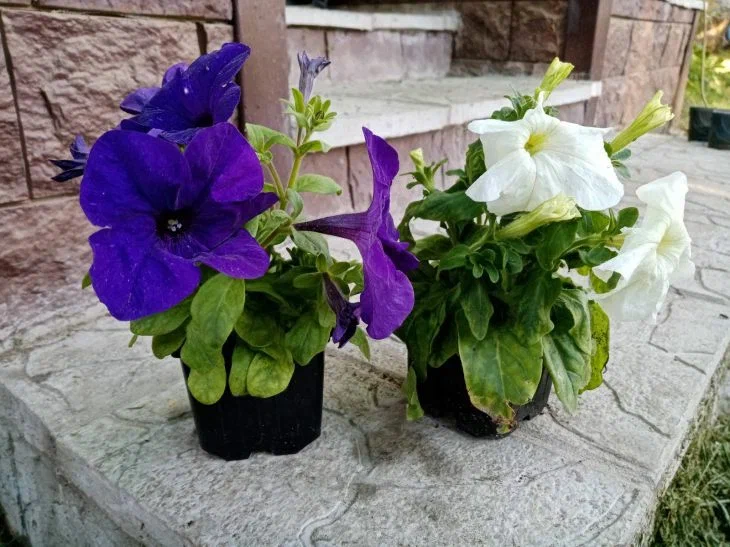Transplanting flowers seems simple: dig up, move, water. But why do the plants wither and the buds fall off after this?
It turns out that even minor mistakes can destroy the root system.
For example, you take a flower out of a pot, pull the stem slightly, and some of the roots remain in the old soil.

Correct: gently tap the sides of the pot, turn it over, holding the soil with your palm. If the roots have entwined the entire lump, slightly untangle them with your fingers before planting in a new container.
Choose the right time. Perennials are best replanted in early spring, before they start growing, or in the fall, after flowering.
But indoor plants - in March-April, when daylight hours increase. But there are exceptions: for example, geraniums and ficuses react painfully to transplantation during flowering.
Wait until the last bud has faded and then take action.
The soil is not just "soil from the garden". For roses, mix garden soil with peat and sand (2:1:1), for succulents, add more drainage (perlite, expanded clay).
And if you transplant flowers into pots, disinfect them with a solution of potassium permanganate (1 g per 5 l of water) to kill fungi.
Don't forget about the drainage layer: 2–3 cm of expanded clay at the bottom of the pot will save the roots from rotting.
After transplanting, do not rush to fertilize. Give the plants 2-3 weeks to adapt, and only then feed.
To reduce stress, spray the leaves with a solution of succinic acid (1 tablet per liter of water) - this stimulates the growth of new shoots.
If the flower has dropped its leaves, cover it with a transparent bag for 2-3 days, creating a greenhouse effect. The humidity inside will help restore turgor.
